If you want to explore the history of New Zealand through the ages there are a number of historical monuments in New Zealand including the time-honored buildings, palaces, and parks where you can learn about the glorious past of New Zealand. The presence of these monuments of New Zealand will take you on a walk through the country’s rich history. If you are willing to have in-depth historical information about New Zealand, we recommend that you take a wonderful guided tour to cover the major historical attractions. Also, check the opening and closing time for each so that you can organize your time. Make sure that you go through the complete list of historical sites in New Zealand for a great trip:
List of Popular Monuments in New Zealand
1. 57th Regiment NZ Wars Memorial

57th Regiment NZ Wars Memorial
The memorial to the 57th Regiment situated at Te Henui Cemetery in New Plymouth. In 1830, a regimental detachment on convict duty was overpowered and brought to New Zealand. The ship was subsequently recaptured by whalers, and the detachment returned to Sydney with the convicts. 1st Battalion served in New Zealand in the 1860s and known as the 57th (West Middlesex) Regiment. It was commanded by Major Robert Abraham Logan and Lieutenant-Colonel Henry James Warre. On 25 January 1861, the regiment landed in New Zealand from India. The 57th was transferred to Waikato in 1866 after campaigning in Taranaki. With companies stationed at Ngāruawāhia and Te Rore Regimental headquarters were at Te Awamutu. In early 1867 after a 13-year absence, the 57th (West Middlesex) Regiment returned to England. This obelisk memorial was supplied by a London mason before they left New Zealand and erected by members of the regiment in New Plymouth’s Te Henui Cemetery. The officers and men who had been killed in action or died of disease during the New Zealand Wars, this famous monument in New Zealand is dedicated to the memory of them. The Taranaki Herald reported a proposal to move the monument to a different site in Te Henui cemetery on 16 April 1938.
Address: Te Henui Cemetery, New Plymouth, New Zealand.
2. Moeraki Boulders

Moeraki Boulders
These massive, spherical concretions, commonly known to locals as boulders, were formed from around 60 million years ago and can be seen scattered along Koekohe Beach. Each boulder started life like a pebble or fossil on an ancient seafloor. Over time, these ‘grew’ by mud accretion and calcification. They were buried in muds and the sea has and continues to erode these from the seashore. One of the most popular landmarks in New Zealand and monument as well, the Moeraki Boulders are conveniently located just off SH1 after Hampden township and really are a must-visit location. These may appear to some as being merely a collection of uninteresting rocks that happen to be situated on a pretty beach however there is more to this story than that. They are a unique phenomenon and a definite quirk of geological structure that warrants a stop to investigate. Their mere shape is interesting in itself but the structure and materials of the boulders are fascinating. The fact that they are located on yet another stunning NZ beach is only peripheral but nonetheless pleasant.
Address: Moeraki Village, Oamaru New Zealand
Also Read: Monuments in London
3. Brunner Mine Industrial Site
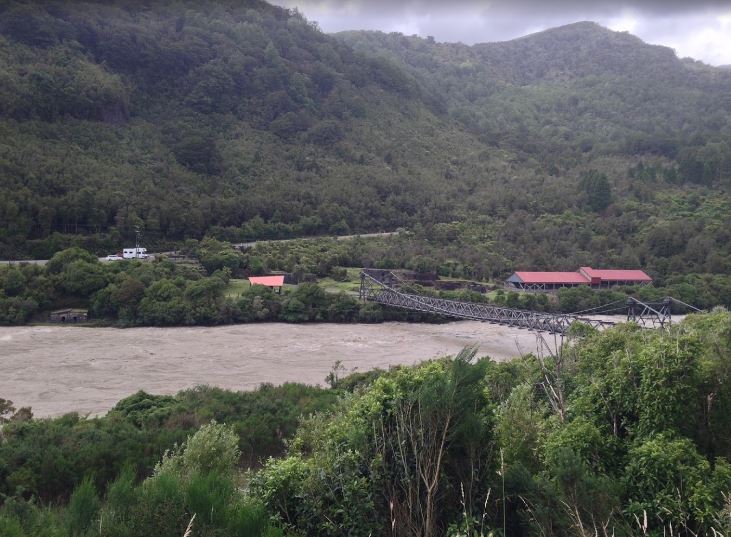
Brunner Mine Industrial Site
A historic memorial site and one of the top monuments in New Zealand now stands on the location of the disaster. The memorial site sits on the side of State Highway 7 on either side of the Grey River, a suspension bridge joining each side. The entrance starts at the top of a 65-step memorial and mining remnants can be viewed. The Brunner Mine Site was a big producer of coal and coal by-products such as coke and firebricks. Walkthrough the industrial ruins and see some of the last remaining beehive coke ovens.
Address: Taylorville 7805, New Zealand.
4. Craters of the Moon

Craters of the Moon
Located north of Taupo, New Zealand, Craters of the Moon Thermal Area is a geothermal attraction. This amazing point of interest in the city is a walk with a difference! Craters of the Moon is close to the city of Arco in New Zealand. There is a loop within the National Monument where you can drive, and reach the start of several trials leading to different areas. Most trials are easy to moderate, and some are pretty long. Information is provided at the beginning of each trail but is scarce along the trails, so you never know exactly where you are and how long before the trail ends. With the leading motif of solidified black lava, the different areas show different landscapes. Visit the bubbling craters, fumaroles, mud pools and steam vents and it takes just a 30-minute walk around Craters of the Moon. Plants that have adapted to thrive in the hot, steamy conditions, you can also see a lot of interest here. Enjoy this fantastic geothermal area and a famous monument in New Zealand along well-formed pathways with elevated viewing platforms for just a small fee. Open 364 days a year, the walk is suited to people of all ages and fitness levels and is wheelchair accessible.
By car from Taupo, the Craters of the Moon Thermal Area is easily reached because it is located at the end of Karapiti Road, off State Highway 1, just north of Taupo.
Address: 171 Karapiti Road, Taupo 3377, New Zealand.
Don’t Miss: Monuments in China
5. Katikara Memorial
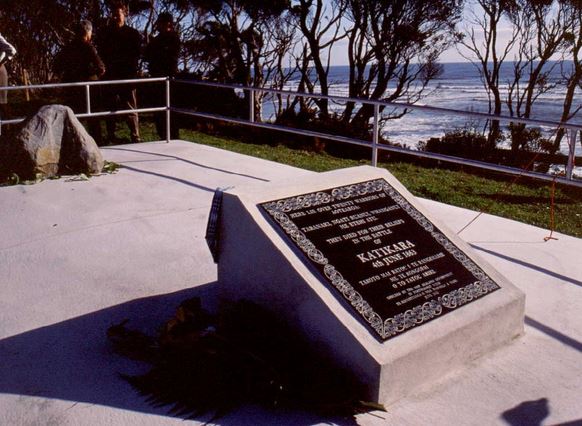
Katikara Memorial
More than 20 Māori warriors who were killed in the Battle of Katikara on 4 June 1863, on 16 June 2002, a memorial was unveiled to mark the grave of them. Including Taranaki, Ngati Ruanui and Whanganui, the warriors came from several iwi. Between the Maori people and the New Zealand government, the Katikara Memorial was a joint project commemorating the Maori warriors slain during the 1863 Battle of Katikara. This old monument in New Zealand is located at the gravesite at the Fort St George Redoubt Reserve at Tataraimaka. It will be maintained by the Ministry for Culture and Heritage, which has responsibility for looking after the graves and memorials of all those who died in the New Zealand Wars of the 1800s. The memorial consists of a renewed concrete slab, a large boulder and a granite tablet mounted on a sloping desk.
Address: Fort St George Redoubt, Lower Pitone Road, Tataraimaka, Taranaki
6. The Sky Tower
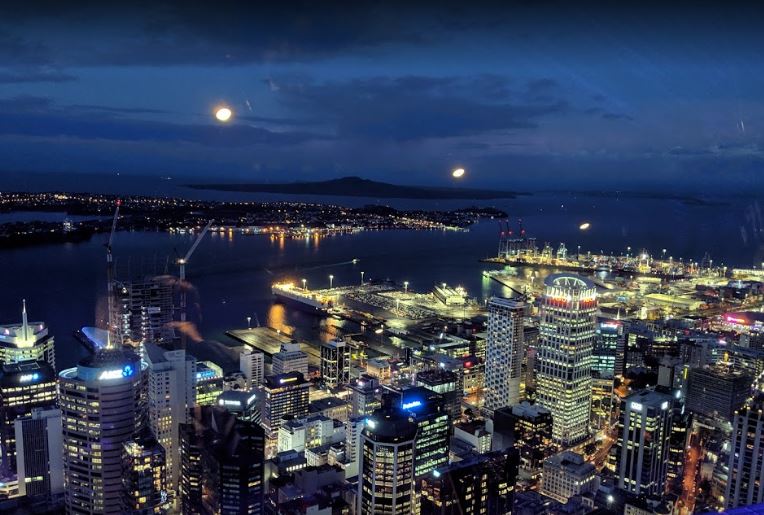
The Sky Tower
Auckland’s Sky Tower is renowned for being a luxurious dining establishment and adventure hub. It is also famous for being the Southern Hemisphere’s tallest free-standing fixture, as well as being the defining landmark of New Zealand’s biggest city. Despite only taking two years to complete, this local icon has an interesting story to tell. Sky City casino complex is the part of the Sky Tower which at the time the tower was built, was under the ownership of Harrah’s Entertainment. Gordon Moller was the Sky Tower’s original designer and architect, working with Fletcher construction to complete the project from 1994 to 1997. Nowadays this iconic monument in New Zealand is also considered an Auckland must-see, community events — the annual Firefighter Sky Tower Stair Challenge and holding an array of tourist activities.
Address: Auckland Central, Victoria Street Corner Federal Streets, Auckland.
Read More: Cities in Malaysia
7. One Tree Hill Obelisk

One Tree hill
Tree Hill Domain or Maungakiekie which is spread in an area of 118 acres / 48 hectares. It is an Auckland City Council-administered park adjoining Cornwall Park which also occupies an area of 425 acres / 172 hectares creating a total of 220 hectares (540 acres) of public green space. The stone Obelisk was completed by 1940 – the centennial year of the signing of the Treaty of Waitangi but the unveiling of the Obelisk was delayed until 24 April 1948, after World War II was over, in keeping with Maori custom of not holding such ceremonies during a time of bloodshed. Incorporating Logan Campbell’s grave, the obelisk is roughly 30 m (100 feet) tall and surrounded by a paved area. The heritage landmark in New Zealand includes a bronze Maori statue which was cast by the sculptor Richard Gross, a man with a huia feather in his hair and mere in his raised right hand. Four bronze plaques around the plinth commemorate Campbell’s bequest and provide a mid-twentieth-century account of Maori migration and the 1840 Treaty of Waitangi. They are notable for being inscribed in both English and Maori, and affirm Maori as the first peoples of New Zealand.
Address: One Tree Hill, Auckland`.
8. Savage Memorial
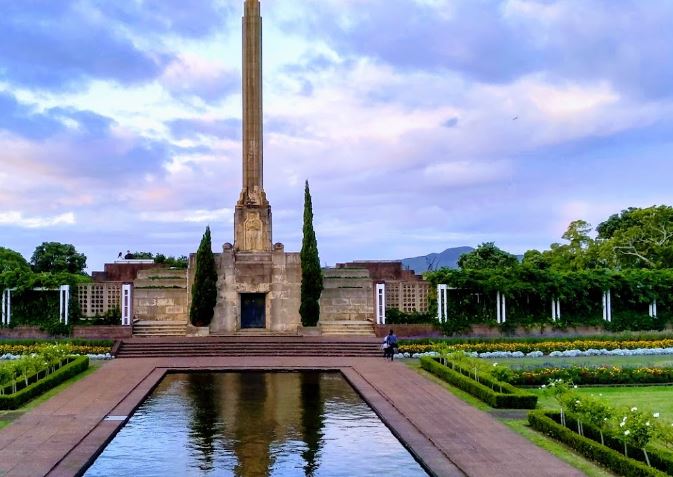
Savage Memorial
With impressive panoramic views overlooking Rangitoto Island Waitemata harbour, the Michael Joseph Savage Memorial Park is set amongst 49 hectares of land and situated near Mission Bay. The tall obelisk, sunken pool and landscaped gardens is a memorial to New Zealand’s first Labour Prime Minister (1872 – 1940) and also the founder of the Welfare State. In 1860, 1879 and 1880 Ngati Whatua leaders Tuhaere and Te Kawau assembled many North Island chiefs to the Kohimarama Conference to establish a Maori Parliament. Michael Savage who was the serving Prime Minister of the Labour Government, this historical monument of New Zealand dedicated to him. With Maori support Labour had entered Parliament for the first time, beginning a long-standing relationship. The park provides visitors with sweeping views of Auckland’s city skyline and is a popular spot with coach tours and tourists.
Address: 19 Hapimana Street, Orakei, Auckland 1071, New Zealand.
Also Read: Best cities in Zimbabwe
9. The Beehive and Parliament House
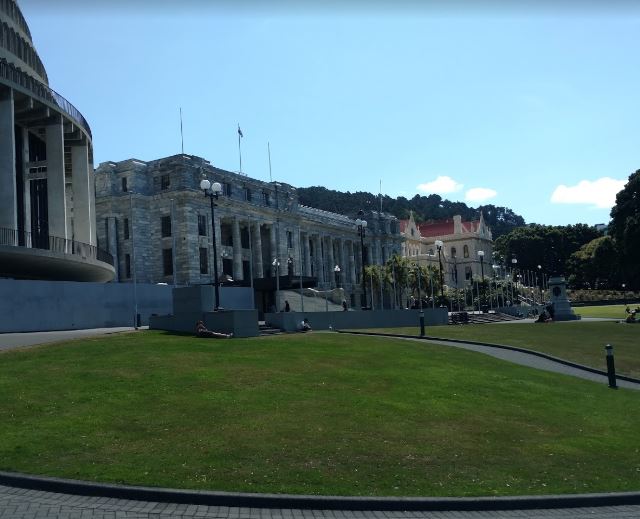
The Beehive and Parliament House
The Parliament Buildings in Lambton Quay area feature some of the city’s most stunning and instantly recognizable architecture. Designed by British architect Sir Basil Spence, Parliament Buildings is the breathtaking Beehive building, and a modern executive office space consisting of three magnificent structures, by far the most distinctive part of Wellington. In 1969, construction of the Wellington Beehive building started and in 1980 when the Beehive quickly became synonymous with New Zealand’s capital city of Wellington was finally completed. This important monument in New Zealand is also often referred to as Wellington’s ‘Executive Office Building’.
Address: Address: Lambton Quay, Wellington, North Island, New Zealand.
10. Lyttelton Rail Tunnel
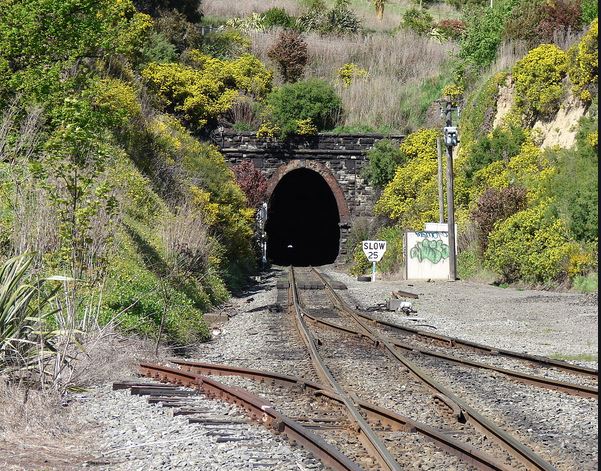
Lyttelton Rail Tunnel
First called the Moorhouse Tunnel, the Lyttelton Rail Tunnel links the city of Christchurch with the port of Lyttelton that comes in the Canterbury region of New Zealand’s South Island. This unique monument in New Zealand is considered as one of the country’s oldest operational rail tunnels, on the Lyttelton Line, one of the first in the province. It became the first tunnel in the world to be taken through the side of an extinct volcano, completed in 1867. The length of this tunnel is 2.7 km, the longest in the country. Its opening made New Zealand’s first public railway line named Ferrymead Railway. With six scheduled daily return services from the port of Lyttelton through the tunnel, this historical tunnel is now the exclusive domain of freight trains.
Address: Heathcote Valley, Christchurch, New Zealand
Don’t Miss: Monuments in Canada
11. Gabriel’s Gulley, Otago

Gabriels Gulley
Today you can stand on the spot where history was made and imagine the moment when Gabriel Read saw the “gold shining like the stars in Orion on a dark frosty night”. The valley may seem unexceptional at first glance but you can marvel at the landscape transformed by the vast scale of mining – the original gully floor was 50 m below. The miners literally moved mountains and the physical remains of the mining systems required for extracting the gold include water races, stamper batteries, hydraulic sluicing faces, and mine shafts. Interpretation panels provide insight into life on the early goldfields, and the changes to this beautiful monument in New Zealand over the period of mining activity from 1861 until the 1930s. How the actions of one man changed the course of New Zealand’s history? For this, you can visit the Gabriel Read Memorial.
Address: Gabriel’s Gully, Otago, New Zealand.
12. Edwin Fox – Picton
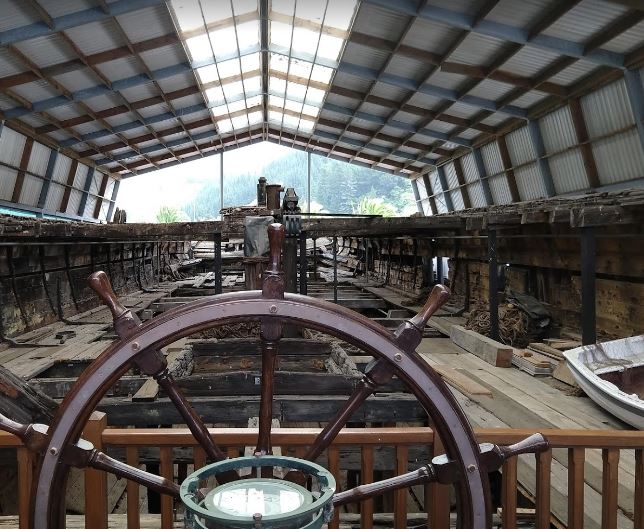
Edwin Fox
Formerly a convict transport ship, the Edwin Fox is the last of its kind in existence. Next to the museum or accessed through the entry to the museum, the ship can be viewed from a sheltered dry dock. To learn about the shipping history and colonial settlement of New Zealand, the museum is an excellent way. Visitors to this must monument in New Zealand actually get to go aboard the ship and explore the decks, a unique learning experience. This is a great museum detailing the rise, fall and rise again of Edwin Fox. There’s a video presentation about the vessel and its dry-docking. You can even walk through the vessel and they’ve added various props. It’s a hands-on display and is quite unique in our opinion.
Address: Dunbar Wharf, Picton 7281, New Zealand.
Don’t Miss: popular bungee jumping places in New Zealand
So all of the above-mentioned places are the famous monuments in New Zealand which are must to visit on your trip to this nation. All of these places are very popular among New Zealanders as it demonstrates the past history and events that occurred. Hope you like our post of top monuments in New Zealand kindly check out our other blogs also if you want to know more about this nation.
The post Most Visited Monuments in New Zealand | New Zealand Famous Landmarks appeared first on World Tour & Travel Guide, Get Travel Tips, Information, Discover Travel Destination | Adequate Travel.